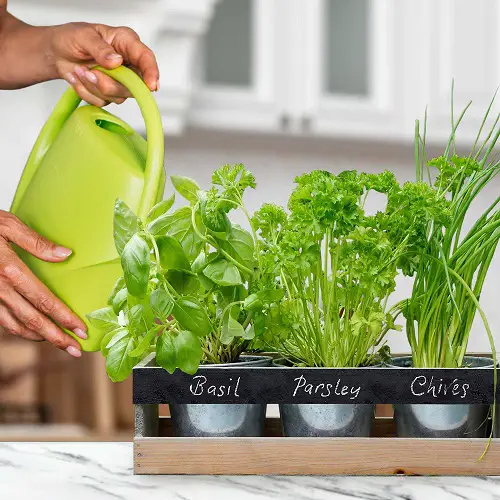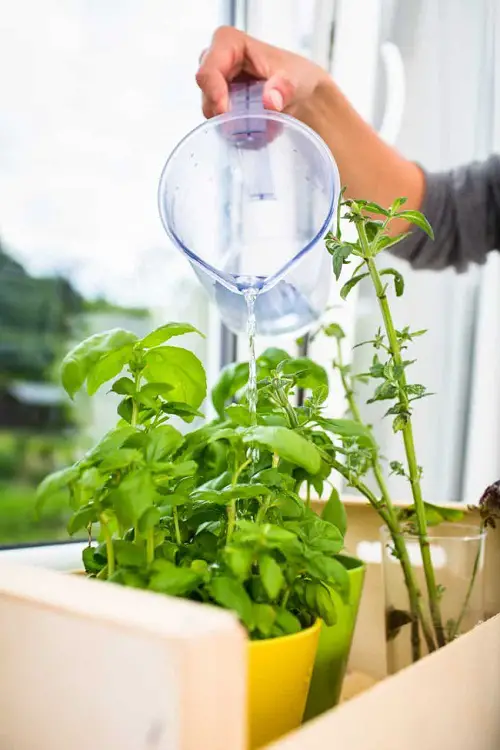We have some of the most important Tips to Grow and Harvest the Best Tasting Herbs that will help you to enjoy their best flavor!
Follow these easy Tips to Grow and Harvest the Best Tasting Herbs and unleash their full potential in your dishes!
Check out the Most Versatile Vegetables & Herbs here
Tips to Grow and Harvest the Best Tasting Herbs
1. Herbs Need Plenty of Bright Light!

It is no secret that herbs need atleast 2-3 hours of direct light every day to grow the best. Sun plays a vital role in making herbs tasty, fragrant, and flavorful while enhancing the oil content in the leaves.
Check out Herbs that Grow Without Sunlight here
2. Start Your Herbs with Good Quality Seeds

The good taste of herbs also depends on the seed quality. The plant’s health from which the cutting is taken is also important for great flavor and aroma.
Grow annual and biennial herbs like cilantro, dill, and parsley from good-quality seeds. Spearmint, rosemary, peppermint, and basil grow best from healthy cuttings.
3. Pick the Right Sized Pot
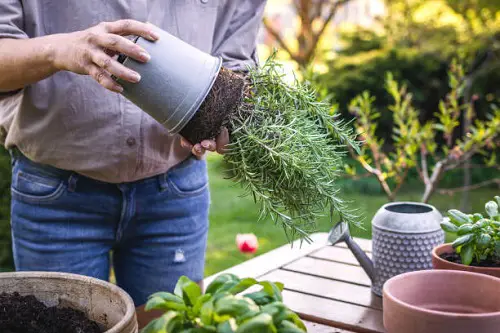
Most herbs perform well in small pots until they turn pot-bound. Sufficient space provides them with good air circulation, producing tasty leaves.
Always re-pot the perennial herbs timely, into one size bigger pots, before they start to overcrowd.
4. Do Not Use Excessively Rich Soil
While growing herbs, one thing to note is not to use too rich soil. Contrary to popular belief, it won’t result in a bushy plant.
Herbs like to thrive in a well-draining growing medium with a bit of organic matter. The secret blend to follow for the best flavor in the leaves is to mix equal parts of coconut coir or peat moss, compost, perlite, and garden soil.
5. Pinch Young Plants
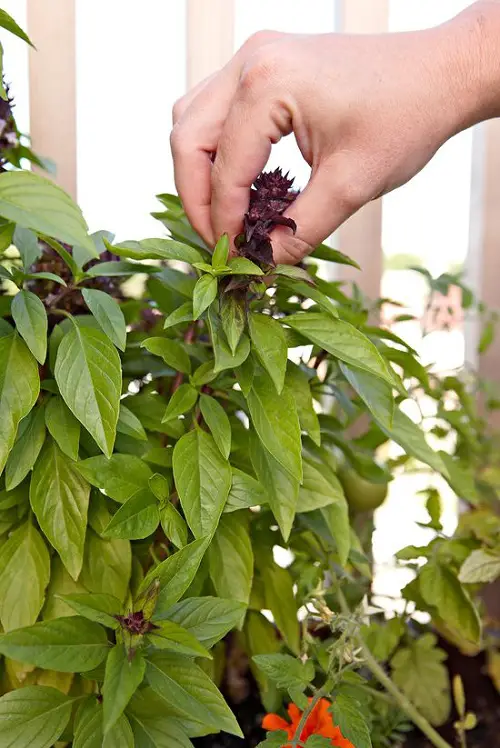
Pinching a young herb when it is about 3-5 inches tall prevents leggy growth and makes it bushier. When you notice the first set of leaves on the tips of the stem, pinch them using your fingers.
Also, remove the growth above the buds using sharp shears or fingernails. This process will make the plant branch out more, resulting in a bushier growth.
For more details, watch the video here.
6. Pruning at the Right Time is Crucial
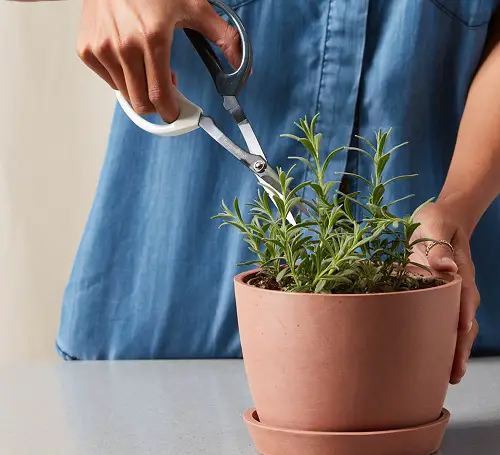
Pruning encourages the fullness, fragrance, and vitality of the herbs. Cut back all the dead, decaying, and crossing woody stems. Pruning once a year is sufficient.
Also, make sure to deadhead the flowers as soon you spot them. Keeping them on the plant will prompt it into seeding, robbing the plant off the chance to divert its energy into growing flavorful leaves.
7. Use a fertlizer with Low-Nitrogen Content
Herbs do not need much fertilizing, and extra application leads to excessive leaf growth, which results in less fragrance and flavor.
Avoid using high nitrogen fertilizer; instead, use a balanced feed, and read the label for dosage and instructions.
8. Do Not Water on Daily Basis
Water herbs only when the topsoil becomes dry to the touch. If soil remains constantly moist, it will lower the amount of oil in the herb, resulting in less flavor and fragrance. Avoid watering these plants daily in any case.
Check out the signs of overwatering here
9. Protect the Herbs from a Southern Window Exposure
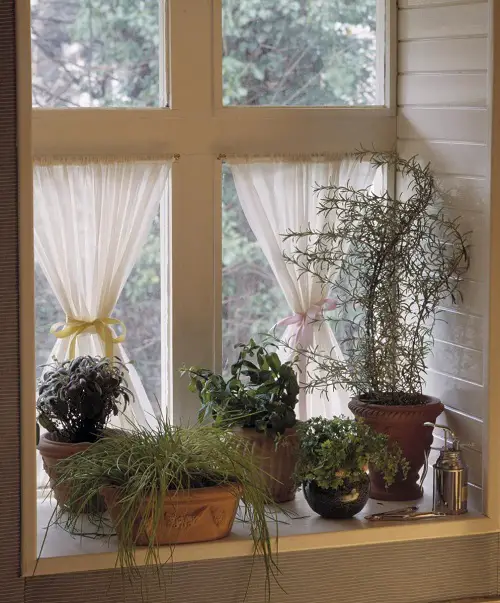
Most herb varieties prefer sunlight but avoid exposure to harsh afternoon sun. If kept on a south-facing window, protect them by putting on a curtain or simply changing the position.
Tips for Harvesting Best Tasting Herbs
10. Always Pick Leaves Before the Herbs Bloom
Harvest herbs before they flower. Failing to do so will prompt the plant to use its energy to develop blooms, resulting in less flavor and fragrant leaves.
Pick the leaves when they are small, soft, and tender, as, at this time, they have the highest oil concentration, which boosts taste and aroma.
11. For Best Flavor, Snip Leaves at Dawn

Harvesting herbs in the morning when the dew dries is best to get a great flavor and fragrance. The oil content in the leaves is highest at dawn compared to the afternoon or evening.
12. Keep on Harvesting!

Regular harvest makes herbs bushier, fragrant, and tasty since new growth develops from the nodes. When tips are pinched, herbs like basil and mints produce two new branches in opposite directions.
Remember that the more you harvest, the more herbs will keep growing. Ensure not to harvest more than 30-35 percent of the plant at one go.



